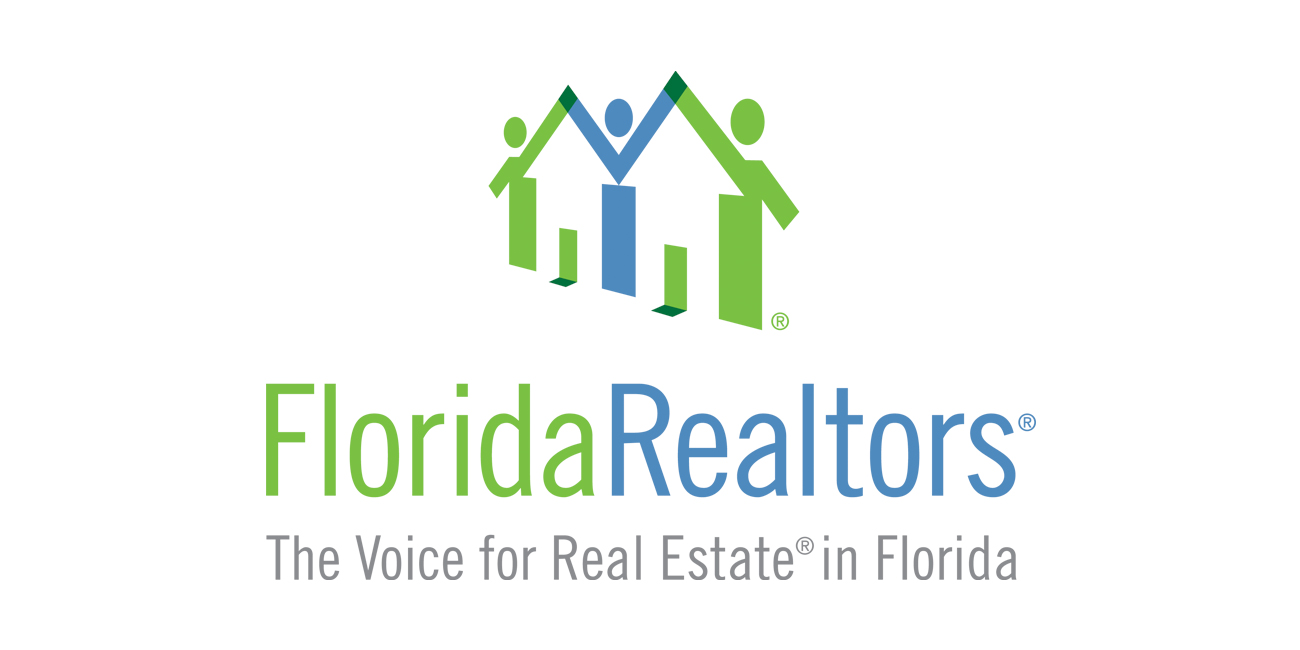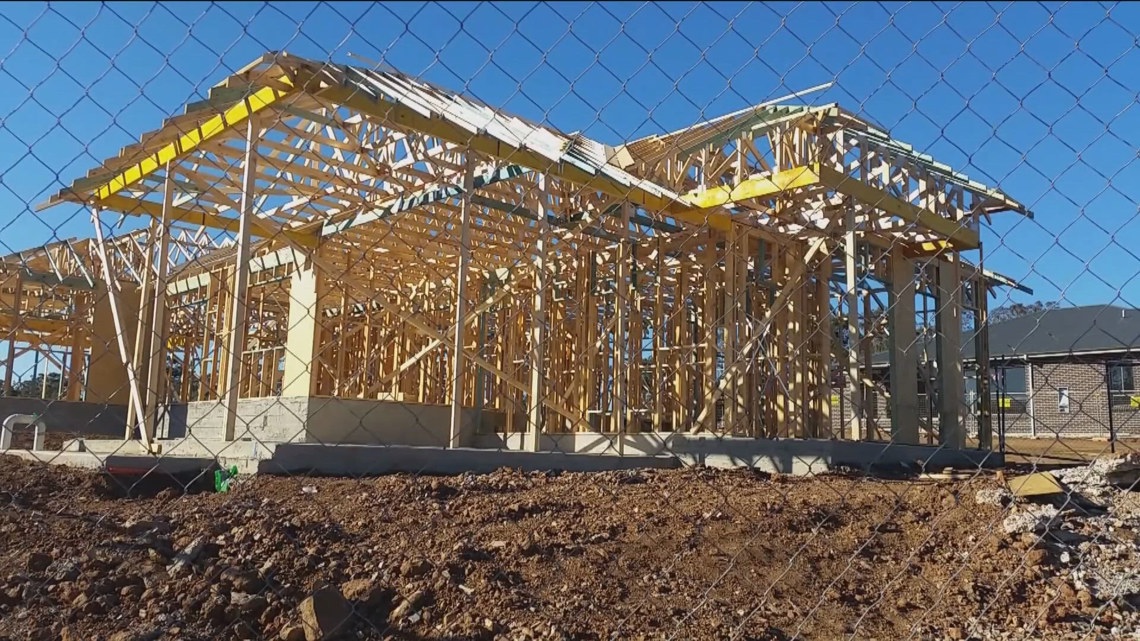E
conomic uncertainty, tech shifts, slower population growth and rising portfolio risk will shape commercial real estate in 2026, the National Association of Realtors® (NAR) said. At NAR NXT, The Realtor® Experience, John Hentschel, global chair of The Counselors of Real Estate, presented the 2026 “Top 10 Issues” report. Key takeaways:
1. **Fiscal & Monetary Policy**
The U.S. economy remains sturdy amid a $37 trillion debt and global uncertainties such as AI and geopolitical tensions. Jobs, consumer spending, inflation and the stock market have held up, and onshore manufacturing investment plus tariff revenue may help. Commercial real estate, however, is uneven; for‑sale housing and B‑ and C‑office markets lag.
*Takeaway:* Real estate will continue to drive growth and stability unless unexpected policy shifts occur.
2. **Portfolio Risk**
Risk management has become data‑driven. Investors now assess financing, valuation, insurance, weather, regulatory and even air‑quality risks, using predictive analytics, climate‑risk software, drones and smart building tech. On‑site inspections remain vital.
*Takeaway:* Risk analysis dictates buy‑sell‑hold decisions, refinancing, and overall strategy. Expertise in risk and resiliency is emerging as a distinct field.
3. **Back to Fundamentals**
Cap‑rate compression no longer guarantees profitability. Owners must focus on efficient asset management: selecting the right building, optimizing location, demand drivers, tenant satisfaction and operations.
*Takeaway:* Core fundamentals—location, demand, tenant experience, and operational excellence—are now the primary income drivers.
4. **Capital Sources & Flows**
Transaction volume slowdown hampers new investment funding and reduces returns on existing assets. Foreign investors are cautious, and real estate competes with infrastructure, especially energy and digital infrastructure.
*Takeaway:* Fundraising is tougher and more competitive; investors must articulate liquidity, long‑term viability and smart investment rationale.
5. **Technology Transformation**
AI reshapes commercial real estate, boosting demand for data centers and integrating into financial analysis, underwriting and operations. AI tools streamline data organization, contract review and cybersecurity, but accessing building‑system data (lighting, HVAC, access) remains fragmented.
*Takeaway:* Owners must unify data from diverse systems to keep pace with AI innovation or risk obsolescence.
6. **Future of Real Estate**
AI provides unprecedented data for decision‑making, shifting from static statistics to a Bayesian approach that updates probabilities with new evidence.
*Takeaway:* Success hinges on disciplined, data‑driven thinking that balances risks, opportunities and long‑term outcomes beyond mere location.
7. **Global Chess: Confidence & Uncertainty**
Interest rates, tariffs, global shifts and other uncertainties slow investment and demand. The market is a “what‑if” environment, potentially resetting return expectations across asset classes.
*Takeaway:* Decisions must be carefully weighed; volatility complicates what might otherwise be straightforward choices. CRE expertise becomes more valuable in navigating these markets.
8. **Housing Attainability**
Rising costs and shortages hinder renters, first‑time buyers, middle‑income families and seniors. Rhode Island alone needs 40,000 new units, yet it has built fewer than 3,000 annually for two decades.
*Takeaway:* No single fix exists; incremental, creative, collaborative solutions across public and private sectors are essential. Land‑use and zoning reforms can accelerate affordable construction.
9. **Pricing Risk**
Over $950 billion in commercial loans mature in 2025, with peak levels lasting two more years. This creates pricing and refinancing challenges, especially in private debt markets where transparency is limited. Banks extend loans to avoid repossession, but private debt carries more uncertainty.
*Takeaway:* Opportunistic buyers await distressed assets at discounts, but activity remains flat through 2027, improving only in 2028 as pricing gaps close. A holistic valuation approach is needed to sustain long‑term value.
10. **Flow of People**
Population growth, migration and household formation are slowing. Millennials’ household formation is decelerating, Gen Z has not fully entered the market, and international immigration has dropped sharply. Household growth in Q1 2025 was 1.26 million annually versus a 2019‑2022 average of 1.93 million.
*Takeaway:* Developers and investors must rethink strategies, focusing on dense, worker‑attracting locations rather than suburban greenfields. The “build it and they will come” model is riskier in a slower‑growth environment.
© 2025 National Association of Realtors® (NAR)















